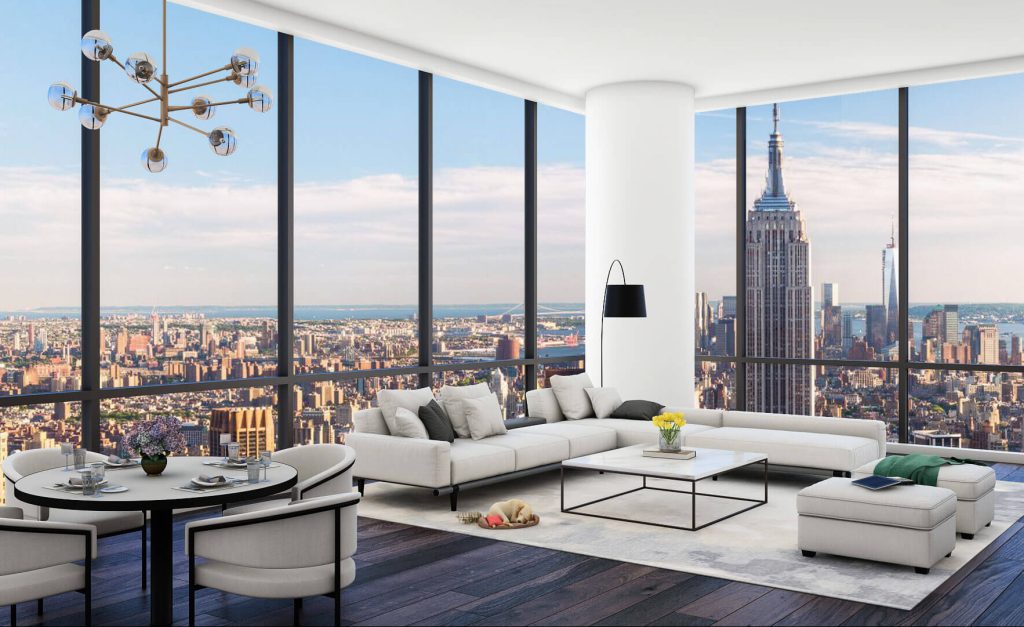The intersection of functionality and beauty represents a dynamic synergy that transcends mere aesthetics, creating products and environments that resonate deeply with human experience. In design, whether in architecture, product development, or graphic arts, the balance between functionality and beauty is paramount. Functional design ensures that a product or space effectively meets the needs and requirements of its users. It emphasizes usability, practicality, and efficiency, ensuring that every element serves a purpose. For instance, in architecture, a well-designed building not only provides shelter but also enhances the user experience through thoughtful layout, natural light, and accessibility. Conversely, beauty adds an emotional and sensory layer to functional design. Aesthetically pleasing elements can evoke feelings of joy, tranquility, or inspiration, transforming an ordinary experience into something extraordinary. This duality is evident in iconic examples like the iPhone, which seamlessly integrates cutting-edge technology with a sleek, minimalist design, appealing to both utility and aesthetic sensibility.

Moreover, the intersection of functionality and beauty extends beyond individual products to broader societal impacts. Public spaces designed with both aspects in mind foster community engagement and well-being. Parks, plazas, and streetscapes that are not only practical but also visually appealing encourage social interaction and enhance the quality of life in urban environments. The principles of biophilic design, which emphasize the connection between humans and nature, exemplify this intersection. Integrating natural elements like plants, water features, and natural light into functional spaces creates environments that are both useful and soothing to the psyche. In recent years, Architectural Outsourcing sustainable design has emerged as a crucial area where functionality and beauty converge. As designers and architects recognize the importance of environmental responsibility, they are increasingly creating solutions that are not only efficient and practical but also visually compelling. Buildings constructed with sustainable materials and innovative energy-efficient systems often possess a beauty that arises from their harmonious relationship with nature.
This intersection is also pivotal in the realm of fashion, where the blend of form and function dictates trends and consumer choices. Designers strive to create garments that not only look good but also offer comfort, durability, and versatility. The rise of athleisure wear illustrates this phenomenon, as people seek clothing that seamlessly transitions between physical activity and everyday life, merging the aesthetics of fashion with the functionality of performance wear. It reflects our innate appreciation for objects and spaces that not only fulfill our practical needs but also enrich our emotional and aesthetic experiences. As we continue to navigate a rapidly evolving world, the importance of this intersection will only grow, urging designers, architects, and creators to innovate in ways that honor both the practical and the beautiful. The challenge lies in embracing this duality, ensuring that our creations do not merely serve a purpose.
